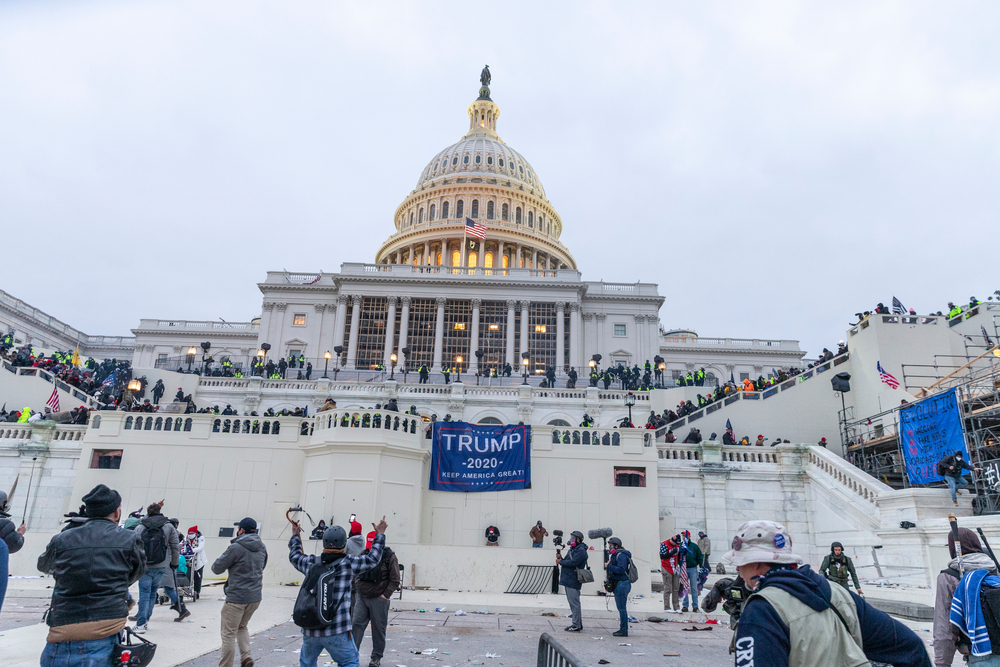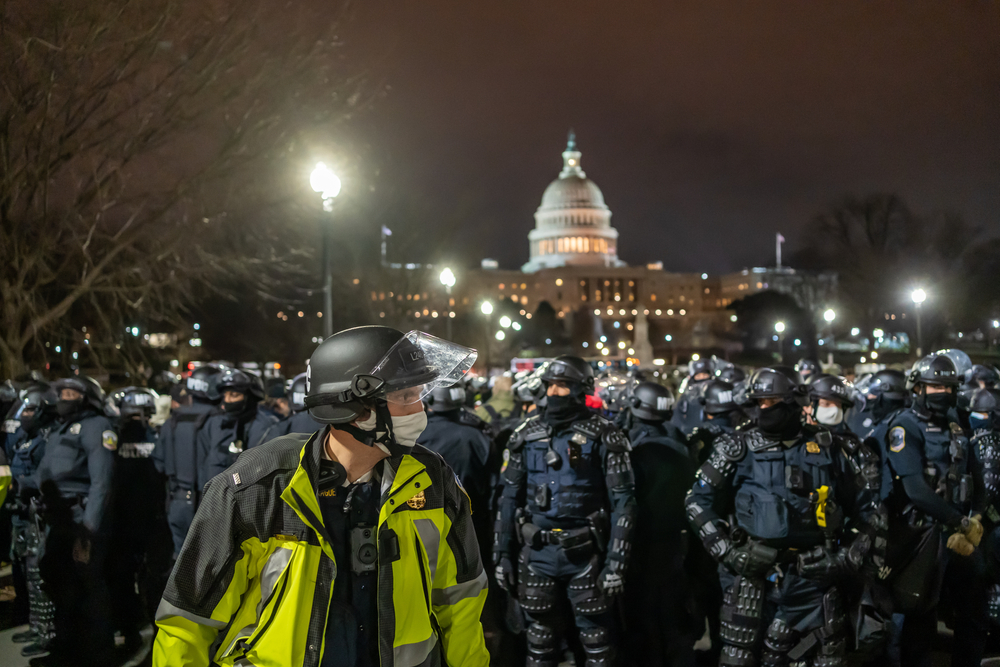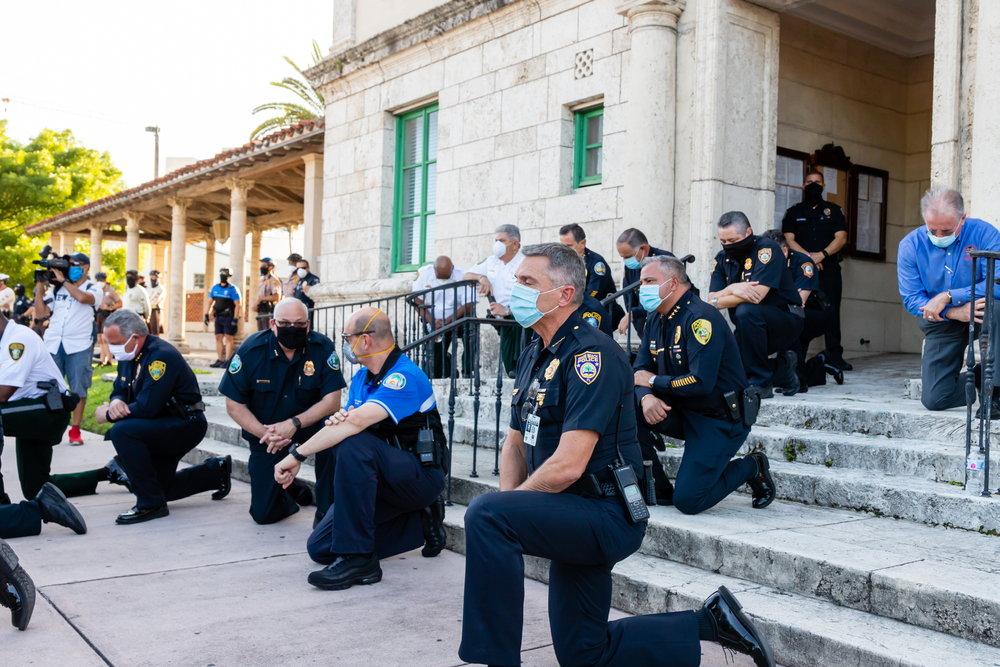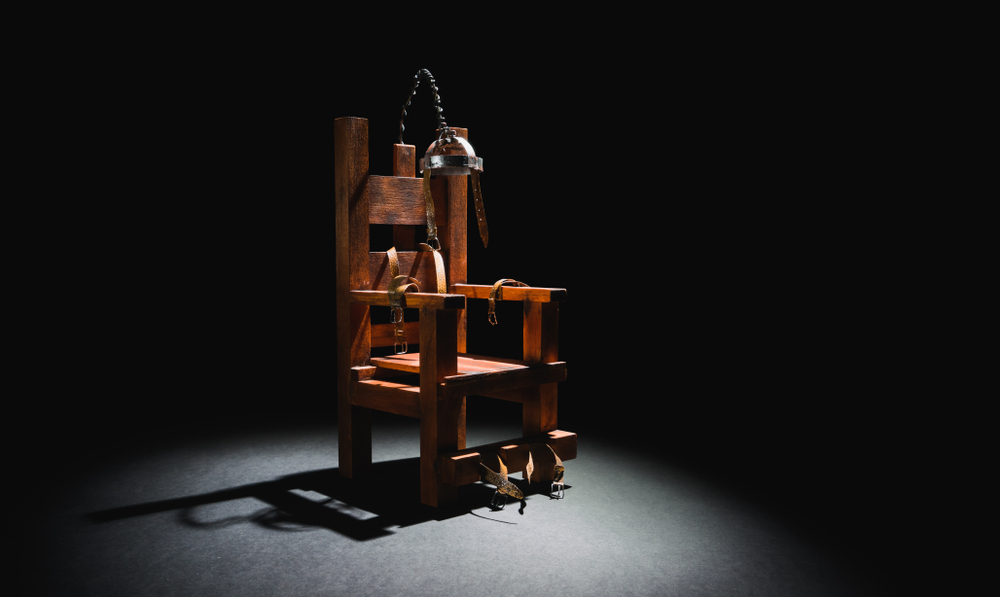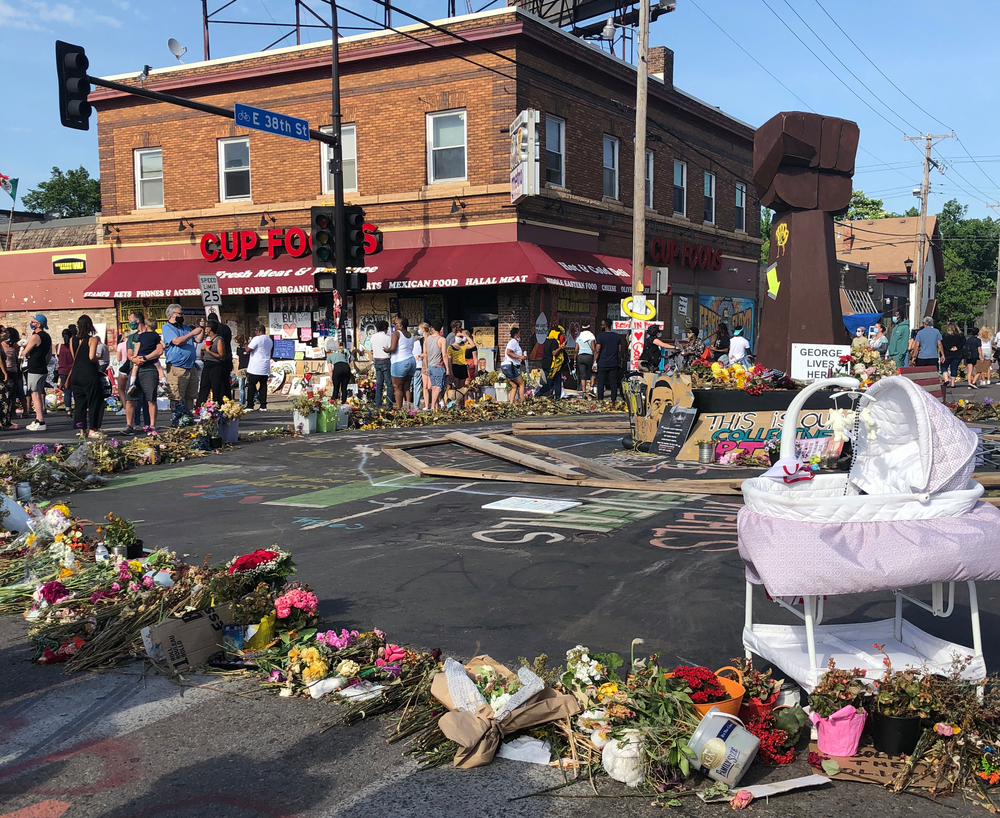Unregistered, un-numbered ‘ghost guns’ draw multiple lawsuits
Sales of “ghost guns,” do-it-yourself kits that offer almost everything needed to build a gun, have been steadily rising for several years, but have reached new highs during the COVID-19 pandemic. Numerous websites selling the so-called “80 percent” guns are apologizing for delays in filling orders because of the sharp increase in demand.
Some purchasers are hobbyists, who enjoy building their own gun, while others are drawn to the kits because buying an unfinished gun doesn’t require a background check. Another perk for some buyers is “ghost guns” or “80%” guns don’t meet the criteria dictated by the U.S. Bureau of Alcohol, Tobacco, Firearms and Explosives to be considered guns and thus aren’t required to have a serial number.
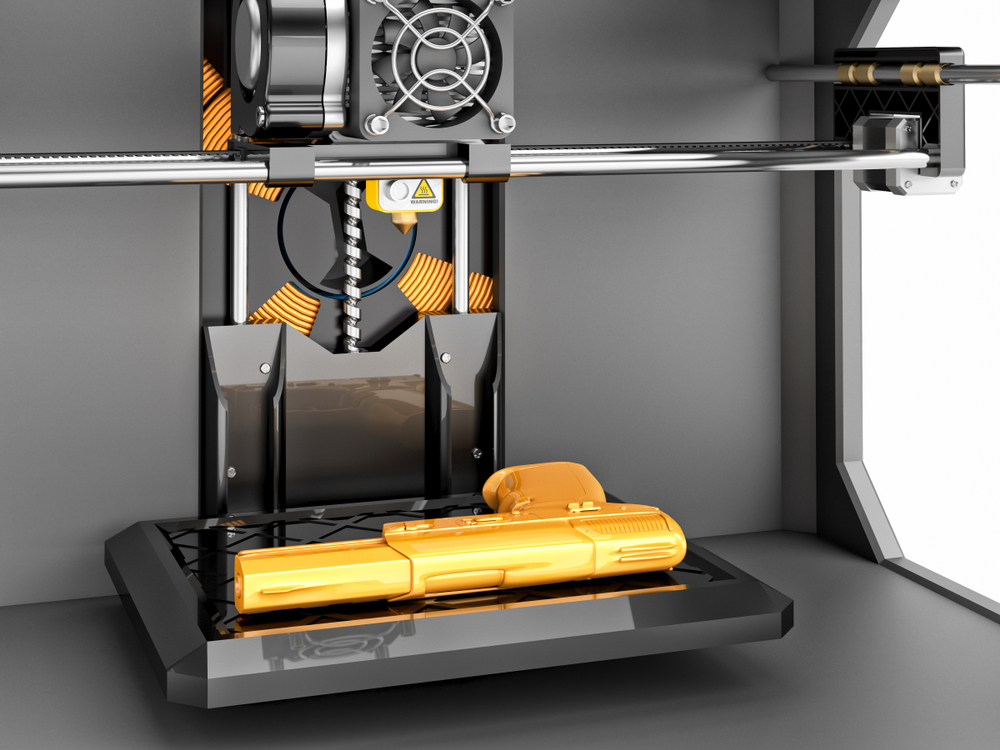
Enter the ghost. Guns recovered at crime scenes can’t be tied to an owner. They might as well be traced to a ghost. According to the ATF, for example, 30% of all guns recovered at crime scenes in California last year didn’t have serial numbers.
RELATED: Smart speakers offer new legal challenges as privacy goes public
RELATED: Drones pose rising threat to prisons
In Washington, D.C., the number of ghost guns recovered by police has been steadily rising. It went from 25 in 2018 to 116 in 2019.
Two recently filed lawsuits, however, aim to make ghost guns subject to background checks and mandated serial numbers.
The fathers of two teenage girls killed by a ghost gun at a high school shooting in California, along with the Giffords Law Center to Prevent Gun Violence and California attorney general Xavier Becerra, have filed a lawsuit demanding the ATF correct its interpretation of what qualifies as a firearm.
In a separate suit, the cities of Columbia, SC; Syracuse, NY; San Jose, CA; and Chicago are suing the ATF, the Department of Justice and U.S. Attorney General William Bar. The nonprofit Everytown for Gun Safety anti-gun violence organization is also a plaintiff. The suit aims to have the ATF classify the gun kits as firearms so they are subject to background checks and serial numbers.

“Ghost guns are a growing threat to public safety, and they are turning up at crime scenes from coast to coast. The threat has really exploded over the last two or so years,” said Eric Tirschwell, litigation director for Everytown for Gun Safety. “It shouldn’t take a lawsuit to get a federal agency to do its job. We weren’t going to sit around and let these guns float into American cities with the ATF stamp of approval.”
When is a gun not a gun?
On its website, the ATF answers the question “Are 80% or unfinished receivers illegal?” by stating “receiver blanks, castings or machined bodies in which the fire-control cavity area is completely solid and un-machined have not reached the stage of manufacture,” which would classify it as a firearm.
Rick Vasquez, a former ATF technical expert, doesn’t believe 80% gun kits should be regulated as real guns because it seems like a futile effort for the government to try to monitor and regulate all possible components of guns.
“There has to be a cutoff,” he said. “Otherwise if I went to Joe’s Metal Works and bought a 6-pound piece of aluminum, the government could say: ‘You intend to build a gun.’‘’
He said the ATF had to draw a line between what was and wasn’t a gun.
“There’s a stage of manufacture when the ATF says: ‘If you do one more thing then it’s a firearm.’ But somebody would still need a drill press to finish it,” Vasquez said.
The National Rifle Association did not reply to a request for an interview.
The California Attorney General lawsuit asserts the ATF is skirting the “common sense gun safety restrictions” of the Gun Control Act that passed in 1968 after the shooting deaths of Dr. Martin Luther King and Robert Kennedy. For decades, the ATF did mandate serial numbers and background checks for gun parts such as frames and receivers, basing its decision on the ease it would take to convert them into an actual firearm.
“Around 2006, ATF began to change course, without any justification. It began analyzing which ‘machining operations’ still needed to be completed—i.e., focusing on certain remaining tasks left to the DIY-gunsmith, regardless of how quickly or easily the tasks could be completed. Under this new analysis, ATF has repeatedly determined that 80 percent receivers and frames no longer qualify as ‘firearms’,” the attorney general’s lawsuit states.
Tirschwell said he doesn’t know why the agency changed its classifying procedures in 2006, but he believes the litmus test doesn’t follow the Gun Control Act. In 2019, Everytown For Gun Safety Filed a lengthy petition for rulemaking with the ATF. This is the process to go through to solicit a federal agency to issue new regulations.
“We urged them to take a new look at how they look at the (Gun Control Act),” Tirschwell said. When the ATF didn’t amend its process, the lawsuit was filed. “Our bottom-line goal is the ATF needs to assert its regulatory authority over these.”
Serial numbers and crime solving
The rules for classifying something as a firearm may be fluid, but the serial number mandates the ATF enforces are designed to make the identifying marks permanent. They state:
“The serial number must be placed in a manner not susceptible of being readily obliterated, altered, or removed, and must not duplicate any serial number placed by you on any other firearm. For firearms manufactured or imported on and after January 30, 2002, the engraving, casting, or stamping (impressing) of the serial number must be to a minimum depth of .003 inch and in a print size no smaller than 1/16 inch.”
The deeper the serial numbers the less chance they can be buffed out or made illegible in some way. Despite the famous line in The Godfather, “leave the gun, take the cannoli,” guns aren’t usually left at the scene of a crime, according to Eddie Caldwell, Executive Director and general counsel of The North Carolina Sheriff’s Association.
“Most of the bad guys don’t leave their guns behind. If they want to get rid of them, they throw them in a lake or in a Dumpster,” he said.
Thus, serial numbers don’t usually provide a clear path to the perpetrator. And when guns with serial numbers are found at crime scenes, they are often stolen guns.
“Not many criminals use guns that they bought in a lawful way,” he said.
Even without serial numbers, ghost guns can sometimes be traced back to a suspect through other means. Everytown for Gun Safety researched crimes involving ghost guns and found a distressing trend.
“In a report Everytown put out, we went back through 10 years of ghost gun criminal prosecution. In over 50% of cases, (shooters qualified to be) prohibited from having guns but could get them because no background check was required for ghost guns,” Tirschwell said.
A ghost gun was found to be the weapon used to kill 14-year-old Gracie Anne Muehlberger and 15-year-old Dominic Blackwell at Saugus High School in California last year. The ghost gun was recovered after the 16-year-old shooter turned it on himself and later died.
In May, Los Angeles County Sheriff Alex Villanueva said the shooter’s father was barred from legally buying weapons in 2015 after he was accused of attempted battery on his wife. He was placed on a psychiatric hold and deputies confiscated many weapons from the family home. Four years later when law enforcement went to his house because his son was the shooter at the high school, they found numerous weapons the father had been putting together in his basement. They were gun kits bought online that required no background check that would have flagged his previous issues.
Just hit print
Guns that can be created with a 3-D printer are also a type of ghost gun, because they require no background check or serial number.
It is possible to assemble a gun largely out of plastic parts that can be made with computer code and a personal 3-D printer. Some of these won’t show up in a metal detector.
In 2012, an online company posted the computer code to make downloadable guns online and the State Department took immediate action to remove it, according to Everytown for Gun Safety. Since then, the State Department has blocked anyone from publishing Computer Aided Design files that could be used to 3-D print a firearm. The State Department maintained these files are “technical data” on the United States Munitions List, governed by the International Traffic in Arms Regulations and they could not be published without State Department Authorization.
“However in May 2018, the Trump administration … began the process to remove downloadable guns from the USML and move jurisdiction to the Commerce Department, which has weaker oversight of export, including virtually no regulation of technical data and less robust controls for national security and public safety concerns. The final rule was filed in the Federal Register on January 17, 2020,” according to a statement from Everytown for Gun Safety.
A Texas man was sentenced to eight years in prison in 2019 after officers caught him in 2017 with an AR-15 rifle with 3-D printed parts and a list of lawmakers’ addresses in his backpack. He was prohibited from owning a firearm due to a violent altercation with his girlfriend, two years earlier. Records show he tried to buy a semiautomatic rifle component at a federally licensed gun shop in 2016. A background check uncovered the court order barring him from buying a gun.
Contact Katherine Snow Smith at Katherine@legalexaminer.com. Follow her on Twitter at @snowsmith.








